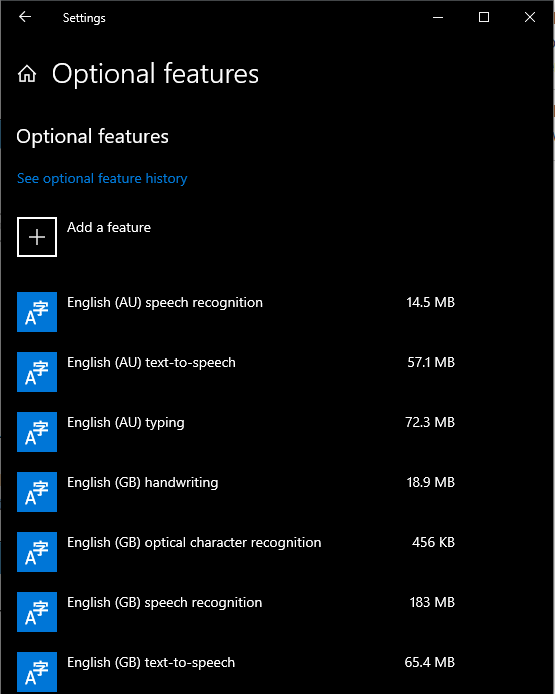As the Internet of Things (IoT) continues to expand, managing devices remotely has become a necessity for many tech enthusiasts and professionals. Among the various platforms available, RemoteIoT stands out as a robust solution for those looking to manage their IoT devices efficiently. This platform not only simplifies the process but also enhances security by integrating SSH key access. For users of Raspberry Pi, this feature is particularly beneficial, offering a secure method to connect and control their devices from anywhere in the world.
In this guide, we will explore how to secure your Raspberry Pi with a free SSH key on the RemoteIoT platform. By following these steps, you can ensure that your device remains protected while enjoying seamless remote access. Whether you're a beginner or an experienced user, this guide will walk you through the necessary procedures to set up and manage your Raspberry Pi effectively.
Connecting Your Raspberry Pi to RemoteIoT
The first step in securing your Raspberry Pi involves connecting it to the RemoteIoT platform. Begin by ensuring your Raspberry Pi is powered on and connected to the internet. Once connected, navigate to the RemoteIoT website and create an account if you haven't already. After signing in, follow the platform's instructions to add your Raspberry Pi to the list of managed devices. This process typically involves downloading and installing a client application on your Raspberry Pi.
Once installed, the client application will establish a secure connection between your Raspberry Pi and the RemoteIoT platform. This connection allows you to manage your device remotely, providing access to its command line interface via SSH. With this setup, you can perform various tasks such as monitoring system performance, updating software, and troubleshooting issues without needing physical access to the device.
By connecting your Raspberry Pi to RemoteIoT, you gain the ability to manage it alongside other IoT devices, streamlining your workflow and enhancing productivity. The platform supports multiple devices, making it ideal for users who manage several Raspberry Pi units simultaneously.
Generating and Using SSH Keys
With your Raspberry Pi connected to the RemoteIoT platform, the next step is to generate an SSH key pair. SSH keys provide a secure authentication method, replacing the need for passwords and reducing the risk of unauthorized access. To generate an SSH key pair, use the ssh-keygen command in the terminal. This command prompts you to specify a location to save the keys and enter a passphrase for added security.
After generating the SSH key pair, upload the public key to your Raspberry Pi. This process involves copying the public key to the authorized_keys file in the .ssh directory of your Raspberry Pi. Once uploaded, the public key allows the RemoteIoT platform to authenticate your identity when establishing an SSH connection. This ensures that only authorized users can access your Raspberry Pi remotely.
Using SSH keys instead of passwords significantly enhances the security of your Raspberry Pi. It prevents brute-force attacks and unauthorized access attempts, safeguarding your device and data. Additionally, SSH keys streamline the login process, eliminating the need to remember complex passwords for each session.
Managing Multiple Devices Efficiently
For users managing multiple Raspberry Pi units, the RemoteIoT platform offers tools to handle bulk operations effectively. These tools allow you to apply configurations, updates, and patches across all devices simultaneously, saving time and effort. By grouping similar devices, you can execute commands and scripts on multiple Raspberry Pi units at once, ensuring consistency and efficiency in your management processes.
RemoteIoT also provides detailed analytics and monitoring features, enabling you to track the performance and status of your devices in real-time. This capability helps identify potential issues before they escalate, allowing for proactive maintenance and troubleshooting. Furthermore, the platform's user-friendly interface simplifies navigation, making it accessible even for beginners.
By leveraging the capabilities of the RemoteIoT platform, you can manage your fleet of Raspberry Pi devices with ease, ensuring optimal performance and security. This approach not only enhances your productivity but also safeguards your investments in IoT technology, paving the way for innovative projects and applications.

